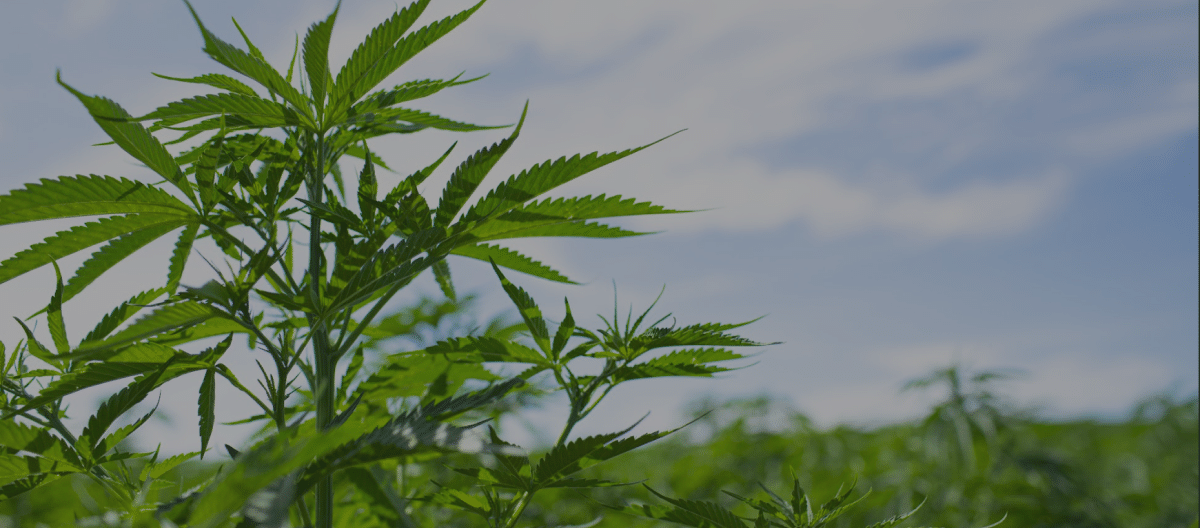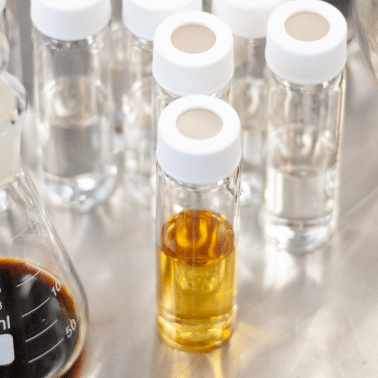
Why Are Cannabinoids Important?

The Cannabis plant represents a powerful resource for medicine and health; once recognized throughout human history and confirmed by cutting edge modern science. When most people think of cannabinoids, they think of phytocannabinoids: THC (tetrahydrocannabinol) or CBD (cannabidiol), derived from cannabis. Historically the psychoactive (intoxicating) effect of THC has been considered the most important part of cannabis. This property was once revered but eventually caused cannabis to become reviled. Today cannabis is experiencing a resurgence driven in part by THC but also by a modern understanding of other non-psychoactive (not intoxicating) cannabinoids like CBD which can have powerful but sometimes subtle effects on the human body. THC, CBD, and over one hundred other cannabinoids affect us by tapping into a communication network at the cellular level known as the endocannabinoid system.
The endocannabinoid system consists of a variety of endocannabinoids that our tissues naturally produce to signal through cannabinoid receptors presented on the surface of the cells in our tissues; proteins our cells use to sense chemicals in their environment and signal changes in their internal physiology. The human endocannabinoid system affects an array of functions, regulating sleep, hunger, body temperature, general metabolism, immune function, sexuality/fertility, memory processing, motor control, and perception of pain or pleasure, which means plant phytocannabinoids can be used to regulate these same systems. Phytocannabinoids mimic endocannabinoids. Since phytocannabinoids can be ingested in varying amounts and are eliminated by a different chemical process, they may act over longer periods of time and produce stronger cellular responses than endocannabinoids.

The main endocannabinoid receptors are CB1 and CB2. CB1 is predominantly found on the surface of cells in the brain and central nervous system where its activation calms nervous stimulation down. CB2 is mostly located on cells outside the central nervous system; in organs and cells of the immune and gastrointestinal systems where cannabinoids regulate responses to infection and inflammation. Our endocannabinoids are produced by cells from fats making up cell membranes. The two main forms of endocannabinoids are Anandamide (AEA or arachidonoyl ethanolamide) and 2-Arachidonoylglycerol (2-AG). Endocannabinoids are made by cells on demand to trigger focused, short-term changes in our physiology, and are degraded soon after. AEA principally activates CB1, while 2-AG stimulates CB2. Anandamide is easily stimulated by exercise, producing feelings of pleasant contentment, easing pain, and boosting appetite. It also affects memory formation, fertility, and immune function. 2-AG affects how nerve cells use calcium, preventing nervous overstimulation and protecting the cardiovascular system. In contrast phytocannabinoids can stimulate whole body responses with effects that last until they are removed from our bodies by metabolism in the liver.
Recent research has broadened the field of endocannabinoid receptors to include new targets such as receptors involved in the sensing of pain and/or heat (TRPV1, TRPV2, and GPR18), along with receptors activated by inflammation (GPR18, GPR55, and GPR119). The discovery that these receptors are also members of the endocannabinoid system means they can also be treated as new candidates of phytocannabinoid targets in the body.
FAQs
Can you explain what cannabinoids are and how they are precisely defined?
Cannabinoids are several structural classes of molecules that interact with the cannabinoid receptors (primarily CB1 and CB2) in humans and most animals (excluding insects). They are produced by Cannabis sativa, several other plant species (like Echinacea), fungi (like black truffles), and, naturally, in the bodies of people and most animals. They may take the form of multi-ring phenolic molecules, alkylamides, catechins, or derivatives of such.
How did the discovery of cannabinoids occur, and what is the historical context surrounding it?
The first phytocannabinoid, cannabinol (CBN), was structurally described in 1940 by Robert Cahn, a British chemist. In 1942, Roger Adams discovered cannabidiol (CBD). By 1964, Raphael Mechoulam had described the structure of tetrahydrocannabinol (THC). The elucidation of the endocannabinoid system’s components had to wait for the discovery of the first endocannabinoid receptor in 1988. AEA and 2-AG were characterized in the following decade. Even more endocannabinoids have been revealed in the first decade of this century.
Are there various classifications or groups of cannabinoids that are typically found in cannabis?
Yes. The current classes or types are: Cannabigerol (CBG), Cannabichromene (CBC), Cannabidiol (CBD), Tetrahydrocannabinol (THC), Cannabinol (CBN), Cannabinodiol (CBDL), Cannabitriol (CBT), Cannabielsoin (CBE), Cannabicyclol (CBL), Cannabichromanone (CBCN), Cannabicitran, and Isocannabinoids.
How do cannabinoids specifically interact with the endocannabinoid system within the human body?
Yes. The current classes or types are: Cannabigerol (CBG), Cannabichromene (CBC), Cannabidiol (CBD), Tetrahydrocannabinol (THC), Cannabinol (CBN), Cannabinodiol (CBDL), Cannabitriol (CBT), Cannabielsoin (CBE), Cannabicyclol (CBL), Cannabichromanone (CBCN), Cannabicitran, and Isocannabinoids.
How do different countries legally regulate the use and possession of cannabinoids?
The process of lifting prohibitions against cannabis use is known as legalization, while sparing criminal sanctions (such as fines, prison, or mandated treatment) against people possessing or using it is known as decriminalization. While the use of cannabis for medical treatments and research is legal in many countries, recreational possession or consumption is legally prohibited in most countries. Nearly half the states in the United States, Canada, Georgia, Malta, Mexico, South Africa, Thailand, and Uruguay have legalized personal possession and use of cannabis. Decriminalization is usually the first step towards legalization in many countries.
What obstacles and limitations do researchers face when conducting studies on cannabinoids?
In the United States, there are specific regulatory barriers, including the classification of cannabis as a Schedule I substance, that impede the advancement of cannabis and cannabinoid research. It is often difficult for researchers to gain access to the quantity, quality, and type of cannabis product necessary to address specific research questions on the health effects of cannabis use. There is an acute lack of funding to support cannabis and cannabinoid research to explore the harmful and beneficial health effects of cannabis use. Improvements and standardization in research methodology (including those used in controlled trials and observational studies) are currently insufficient to provide conclusive evidence about the effects of cannabis use on short- and long-term health outcomes.

